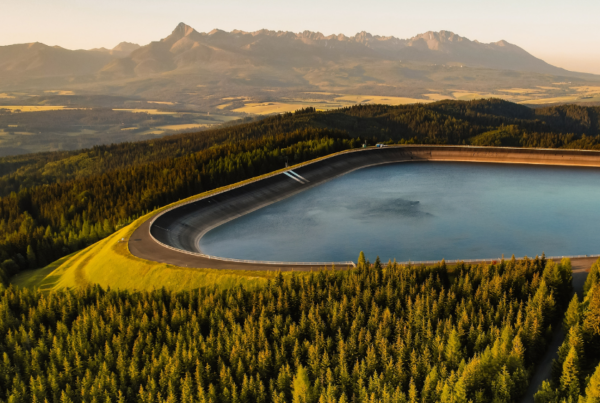
The Dutch government aims to decarbonize its power system by 2035. It is counting on a massive scale-up of solar and wind power to replace generation from the existing thermal power plants. Additionally, the use of coal for power generation will be banned by 2030 and there are proposals to make existing gas plants carbon neutral. While the implementation of these plans has the potential to drastically reduce the system’s carbon footprint, it may also push the system to its operational limits, risking loss of load at moments of low solar and wind production.
In other words, there is a need for additional flexibility in the system to make sure that demand and supply are always equal. Several technologies could provide CO2-free flexible capacity, but few are profitable in the current energy-only market. The high decarbonisation ambitions thus run the risk of jeopardising security of supply.
During this webinar, the following questions were discussed:
- How large is the need for flexibility in the Dutch power system in 2035, and which carbon-neutral options are available?
- What is the impact of market design on the financial viability of different flexibility options?
- How will the type of flexible capacity impact the Dutch wholesale electricity price? Will this assist or undermine a favourable investment climate for renewable generation?
If you have any content-related questions or just want to discuss the Dutch energy market, please contact Jesse Hettema.






